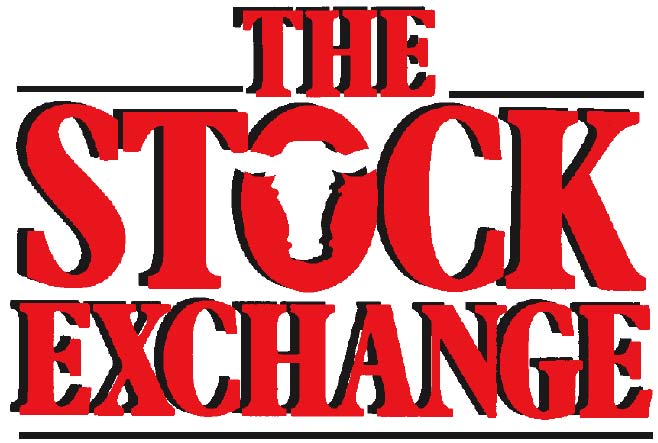Corn residue: cheap grazing for cattle
Grazing corn can benefit both cattle and cropland. by Eldon Cole, University of Missouri Extension Grazing drought-dried corn and cornstalks offers cattle inexpensive, nutritious forage, say two University of Missouri (MU) Extension specialists. Many corn and livestock growers turned to longtime MU Extension Livestock Specialist Eldon Cole to ask about grazing dried-up corn after persistent drought in southwestern Missouri this season. Cole says damaged corn makes suitable grazing for cattle — with some…
